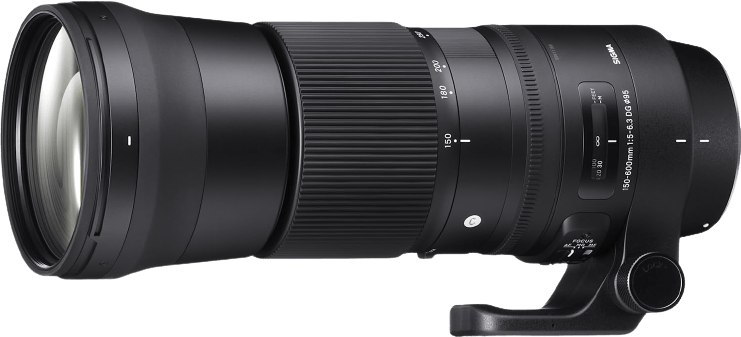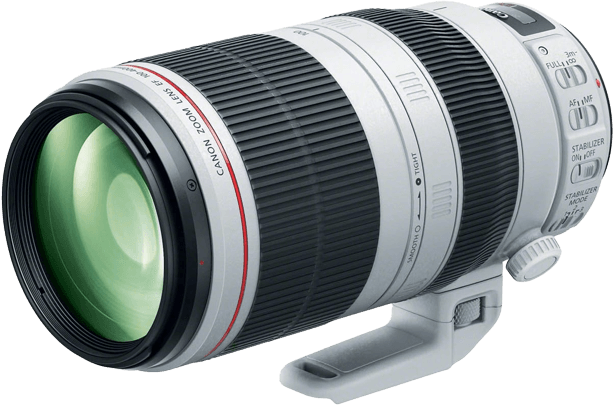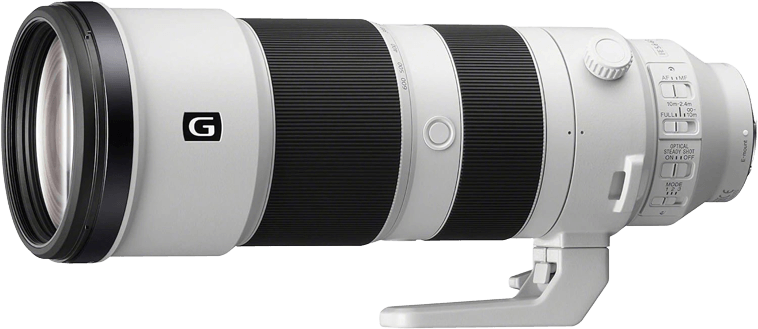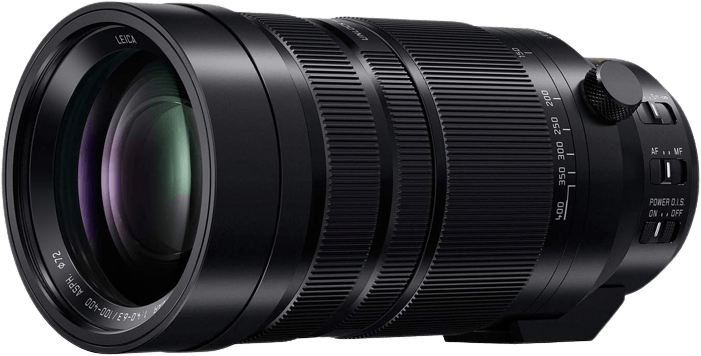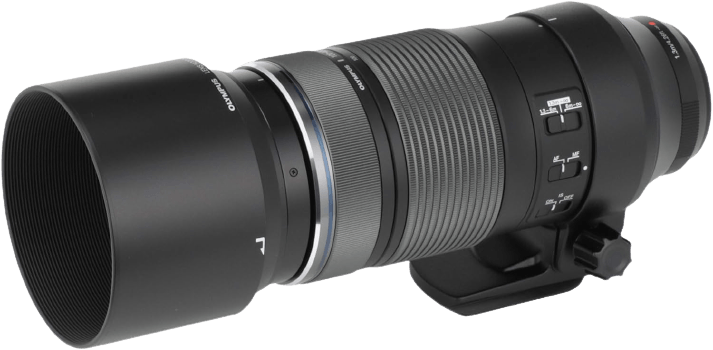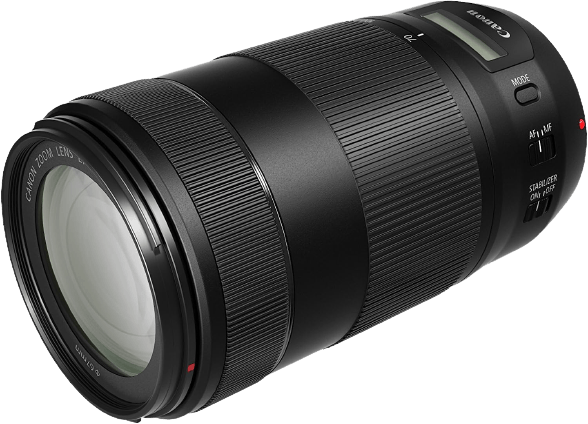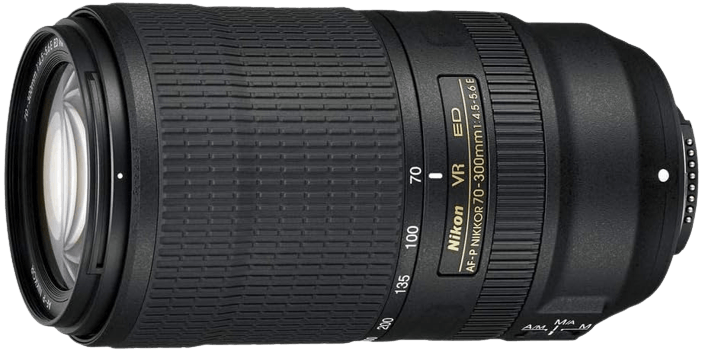The Sigma 150-600mm f/5-6.3 is our choice as the best lens for bird photography. We also have bird lenses for Nikon and Canon. And you’ll also find lenses for Sony, Fujifilm, and Olympus cameras.
Best Lens for Bird Photography
Here’s a quick overview of our list of best lenses for bird photography list. The awards will give you an idea of which lens might be the best bird photography lens for you. We’ll look at each lens in detail in the next section. We’ll look at the functions and features that make them the best choices for bird photography. If you need more information to help you find the perfect lens, skip to the buyer’s guide at the end of the article.
9 Best Lenses for Bird Photography Ranked
Now we’ll look at all our top picks in detail. We’ll highlight the specs and features that make them the best bird photography lenses. You’ll have all the info you need to find the best bird photography lens for you. Sigma has produced the best lens for bird photography. The Sigma 150-600mm f/5-6.3 Contemporary is the ultimate blend of power and value. You get the wide 150-600mm focal length range. And you also have fantastic AF and image stabilization to help you capture the best bird photos. The 600mm focal length gives you incredible magnification. You can snap closely cropped bird images from long distances to show off feather details. And the wide focal length range gives you lots of composition options. You can capture incredible bird images without leaving the hide. The optical quality is excellent. You might experience some chromatic aberration at the upper limits of the zoom range. But you’ll have no such trouble lower down the range. While a max aperture of f/5 isn’t the fastest, Sigma has compensated for this with its optical image stabilization. It reduces the effect of camera shake, allowing you to shoot at slower shutter speeds. It’s a fantastic feature for low-light situations. Bird photographers will appreciate the Hyper-Sonic Motor (HSM) used to power the autofocus. It’s accurate in daylight. And it’ll lock onto your subject with quick precision. AF speed is important because every fraction of a second is crucial in bird photography. This lens is available for Nikon, Canon, and Sony cameras. The Canon EF 100-400mm f/4.5-5.6 L IS II is the best lens for bird photography if you have a Canon camera. It’s compatible with their full frame DSLR cameras. And it’ll work with their APS-C cameras with a 1.6x crop factor. It has a wide focal length range. And the rugged construction makes it perfect for bird photography. The lens has a fantastic optical image stabilizer. It gives you four stops of image correction. You can shoot at slower shutter speeds with a reduced risk of camera shake and motion blur. That gives you better performance in low light. The optical image stabilizer has three modes. You get standard, panning, and exposure only. These modes give you more options for composition and better results in different environments. Canon’s USM focusing system is their best to date. It’s responsive, fast, and accurate. That’s exactly what you need when shooting fast-moving birds. You might only get a second or two to get the shot. The durable build quality gives you plenty of location options. It’s dust-resistant for drier climates. And the water-resistant body means you can also shoot in wetter locations like rainforests or coastlines. Nikon bird photographers need the Nikon AF-S FX 200-500mm f/5.6 super-telephoto lens. It’s a heavy piece of equipment. But it has the reach to get close-ups of the birds from your hide. And the excellent vibration reduction and AF systems are exactly what a bird photographer needs in a lens. It’s excellent value for money, too. The 200-500mm focal length range is ideal for bird photographers. 500mm gives you the magnification to capture small birds from far away with your camera. And you have enough room within the zoom range for a variety of shots. The angle of view gives you a tight composition that suits bid photography. The f/5.6 maximum aperture isn’t the fastest. But it is constant throughout the focal length range. That makes it easier to shoot distant birds or birds in low light. Nikon’s fantastic vibration reduction system also compensates for the slow max aperture. It gives you 4.5 stops of image stabilization. That allows you to use slower shutter speeds with less risk of blurred images. The Nikon AF-S FX 200-500mm f/5.6 gives you a big focal length for a low price. You will still need a healthy budget to buy this lens. But it’s excellent value for a super-telephoto lens. It’s a must-have if you use a full frame Nikon DSLR. The Sony FE 200-600mm f/5.6-6.3 G is ideal for serious bird photographers. It’s a super-telephoto lens with advanced features for high-performance shooting. It has the best example of Sony’s AF motor and image stabilization. It’s also excellent value for a super-telephoto lens from Sony’s G series. A 600mm focal length gives a bird photographer fantastic possibilities. You can capture close-up images of small birds from your hide. And you can snap birds at high altitudes or off the coast. The lens uses Sony’s direct drive supersonic wave motor (DDSSM) for the autofocus. It’s one of the fastest AF motors from any manufacturer. And it’s practically silent. You won’t scare the birds away before you’ve got your shot. You only get an f/6.3 max aperture at the higher focal lengths. But the optical image stabilization system helps with low-light performance. It gives you four stops of shake corrections for more exposure options. And you’ll have sharper bird images every time. The 11-blade diaphragm gives you lovely soft bokeh. The shallow depth of field effect is an excellent technique for bird photography. The extra-low dispersion lens elements also improve quality by reducing aberration and flare. Bird photographers with a Micro Four Thirds (MFT) camera need this Panasonic Lumix G 100-400mm f/4-6.3 lens. It’s compatible with all Panasonic’s MFT cameras. And it has the precision performance bird photographers need. That includes fast AF, solid stabilization, and a durable build. The 100-400mm focal length might seem modest to some. But this focal length is equal to a 200-800mm focal length on a full frame camera. That means you get incredible magnification. It’s perfect for shooting birds in flight or from great distances. Camera shake and motion blur aren’t an issue with this Panasonic Lumix G 100-400mm f/4-6.3 lens. It has built-in optical stabilization. And this partners with the image stabilization system found in Panasonic’s MFT cameras. You’ll have outstanding sharpness, even in lower light. Bird photographers will appreciate the Panasonic Lumix autofocus system. It’s fast, accurate, and quiet. And there’s a focus range limiter to help reduce focusing times further. It’s a helpful feature if you’re using feeders to attract birds. It also helps snap nesting birds. It’s a rugged telephoto lens that allows you to shoot outdoors in almost any conditions. It’s dust and splashproof. And it doesn’t freeze in sub-zero temperatures. It’s an excellent lens if you’re shooting in colder climates. This Olympus ED 100-400mm f/5-6.3 lens is the most powerful lens from Olympus’s ED range. It’s compatible with all their Micro Four Thirds (MFT) cameras. It gives you the reach a bird photographer needs. And it’s well equipped for the outdoor life of a bird photographer. A 400mm focal length gives you good magnification. But with an MFT camera, a 400mm focal length is equivalent to 800mm on a full frame camera. That means you get incredible reach. You can snap offshore seabirds and birds at high altitudes. You only get an f/6.3 max aperture at 400mm. But Olympus has included its image stabilization to help compensate. It gives you three stops of exposure compensation. You can use slower shutter speeds and still shoot crisp images. The focus limiter is another handy feature for bird photographers. It’ll reduce focusing times, especially if you have a fixed target like a nest or bird feeder. It’s a weather-sealed lens. You can shoot outdoors in all conditions. And it gives you peace of mind if you’re shooting on the coast or on a boat. It’s the perfect lens for any bird photography expedition. Fujifilm fans need this Fujifilm XF 100-400mm f/4.5-5.6 lens for bird photography. It’s their best telephoto lens. As well as a large focal length, you get fast AF and fantastic image stabilization. It’s also tough enough for most weather conditions. It’s a worthy investment with you’re crazy about bird photography. Image stabilization is the best of any manufacturer. It gives you five stops of image correction. That means you can drop your shutter speed down five stops without fear of camera shake. You’ll have super sharp photos even in low-light conditions. This Fujifilm lens is thoroughly weather sealed. It’s dust and water-resistant. You can shoot in any weather or climate. And it can cope with temperatures down to -10°C. You can check penguins off your bird photography checklist. The Canon EF 70-300mm f/4-5.6 IS II is the best lens if you’re new to bird photography. It doesn’t have the focal length of the super-telephoto lenses. But you get good magnification and optical quality. The AF and image stabilizer are excellent. And you don’t need a professional budget. The 70-300mm focal length gives you plenty of shooting options. The 70mm end allows you to shoot wider environmental shots. And 300mm length gives you enough reach for backyard bird photography. You’ll have tightly cropped bird shots from your garden or local park. The autofocus and image stabilizer are both pro-quality. It uses Canon’s USM system to drive the autofocus. It’s quick and quiet. And the image stabilizer gives you more options with your exposure settings. You’ll have sharper images in low light. The Canon EF 70-300mm f/4-5.6 IS II is compatible with Canon ASP-C and full frame DSLR cameras. But there is a 1.6x crop factor when used with an APS-C camera. This Nikon AF-P DX 70-300mm f/4.5-5.6 lens is the best bird photography lens if you’re a Nikon user on a budget. It’s the perfect entry-level lens for bird photography. It’s compatible with some of Nikon’s best DSLR cameras. And it’s excellent value for a telephoto lens. The 70-300mm focal length gives you plenty of shot options. The 70mm side lets you shoot wider shots. You can shoot environmental shots that include many birds. And the 300mm end lets you get tighter shots of individual birds. It isn’t the longest focal length. But you can shoot fantastic bird photography in a garden, park, or woodland. Nikon’s vibration reduction system is a massive asset for bird photographers. It reduces the effect of camera shake, which is helpful with large focal lengths. And it allows 4.5 stops of shutter speed compensation. That’s helpful in low-light situations. It isn’t completely weather-sealed. It is dust resistant and protected against water droplets. That gives you good protection when shooting outside. But you will have to be careful in heavy downpours.
Buyers Guide for Bird Photography Lenses
This section looks at some of the finer details relating to bird photography lenses. We’ll look at what’s best for bird photographers and why. It’ll give you all the information you need to find the best lens for bird photography.
What Is the Best Focal Length For Bird Photography?
Like many things in photography, there is no clear answer to this question. The best focal length depends more on the situation than the subject. I’ve photographed birds at 17mm, but would I recommend that as your primary lens for bird photography? Nope. Generally speaking, bird photography lenses are long. Is 300mm enough for bird photography? How about 400mm? The answer to those questions depends on a couple of things—What size is your camera sensor? On a full frame camera, 300mm might be fine for birds in flight, but is likely too short for perched songbirds. Yet, if you shoot with an APS-C or Micro Four Thirds camera, then 300-400mm could be more than enough. (A 300mm on an APS-C camera equals 450mm, and 600mm on MFT). Before you decide what’s right for you, consider your camera. Generally speaking, 400mm to 600mm lenses are the most useful for bird photography.
What Lenses Do Professional Photographers Use?
It seems all professional photographers use big 500 and 600mm f/4 lenses, but it’s not true. For years, my primary wildlife kit was a Canon DSLR and a Canon 500mm f/4L. The equipment was sharp and fast, but also large, heavy, and cumbersome. And the big lens drew unwanted attention from nosy passersby. My work involves travel to many remote locations. I’m based in Alaska, but assignments often require me to fly in small planes to remote locations. Weight is a top concern. Many times, I’ve had to leave behind my big 500mm. Frustrated, I sold my Canon equipment and switched to the compact Micro Four Thirds cameras and lenses. My primary bird photography lens is now an Olympus 300mm f/4 PRO equipped with a 1.4x teleconverter. That combination yields a full frame equivalent of 840mm at f/5.6. And it has the best image stabilization available! All at a fraction of the size and weight of a full frame 500 or 600mm f/4. Pros use all kinds of lenses. What a pro chooses depends on the situation and the needs of the shoot. Lenses are sure to be sharp and fast, with top-notch image quality. But that doesn’t always mean the biggest!
Deciding on the Best Lens for You
Technology has trickled down from high-end lenses to entry-level equipment. Glass and image quality of today’s affordable gear rival the top-end equipment of 5 or 10 years ago. To get professional results, you don’t need the most expensive gear. A $10,000 lens is not necessary to capture high-quality photographs of birds and other wildlife.
Conclusion
Photographing birds is incredibly rewarding. But bird photography isn’t easy. You can’t get close to them. They live in remote and dangerous places. And they come and go with a few flaps of their wings. Having the best lens for bird photography puts the odds back in your favor. The Sigma 150-600mm f/5-6.3 is the best lens for bird photography. It gives you incredible magnification at an excellent price. You won’t find that kind of focal length for less. The lens quality is superb too. It’s a must-have for bird photographers. We’ve also included Nikon and Canon lenses. And bird photographers with Fujifilm, Olympus, and Sony cameras have also been catered to. There’s a bird photography lens for all shooters.
